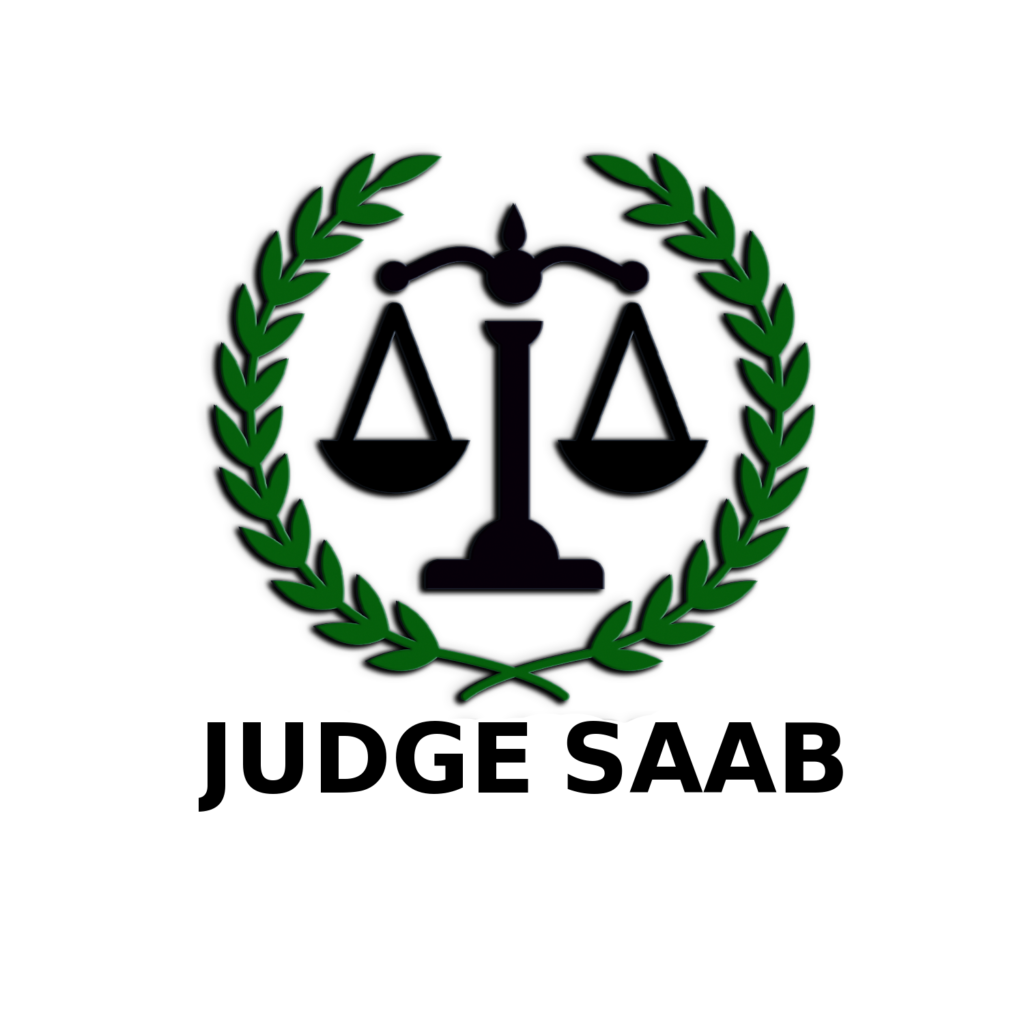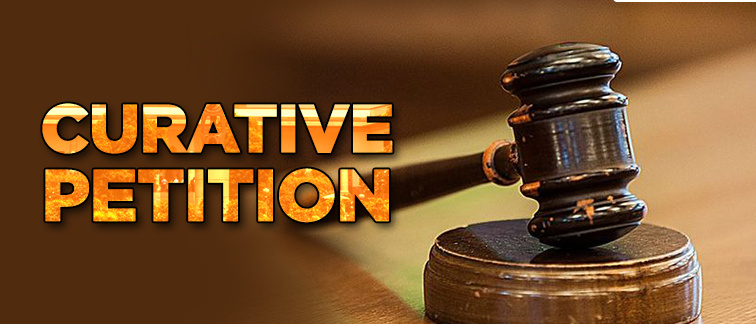-
Introduction:
Curative Petition simply refers to the last and final resort for the people to acquire justice as enshrined in the constitution of India. This concept was laid down by the Supreme Court in the 2002 case of Rupa Ashok Hurra v. Ashok Hurra and Anr.[1] The question that was raised before the court was whether the aggrieved was entitled to any relief against the final order of the court even after the dismissal of the review petition. The Supreme Court, in response to this, invoked the maxim of “actus curiae neminem gravabit” which means that an act of the court shall prejudice no one. Thus, the Court, with the objectives of avoiding miscarriage of justice and preventing the abuse of process of law, held that it may reconsider its judgements in exercise of its inherent powers.[2]
In this article, we aim to comprehensively explain the concept of curative petition and distinguish it from related terms such as reviews petition and mercy petition. We will also look into the relevant constitutional provisions and the applicable modalities in regard to the subject. And finally, we will dwell upon the reason why the concept of curative petition was in the news recently.
-
Curative Petition and the concerned provisions:
Curative Petition, as already mentioned, is the last constitutional option available for grievance redressal in the court after exhaustion or dismissal of a review petition. This concept gets legal backing under Article 137 of the Indian Constitution wherein the Supreme Court is provided with the power to review any judgement or order delivered by it under Article 145 of the Constitution. [3] [4] Additionally, curative power flows from Article 142 as well which entrusts the court with the power to do complete justice. [5] There is no prescribed period for filing of such petitions.[6] But it is essential to note that though curative petition is a second-time review, it is not a matter of right for it is subject to certain requirements that need to be fulfilled.[7] The court has quite clearly stated that such petitions must be filed in rare cases and not on a regular basis.
-
The Landmark Decision: Rupa Ashok Hurra v. Ashok Hurra and Anr.
This 2002 case involved a matrimonial discord where the issue of validity of decree of divorce went to the Supreme Court after withdrawal of consent to divorce by the woman which she had earlier given based on mutual consent. The ruling held that technical difficulties and apprehensions regarding the reopening of cases necessitated the existence of a final forum where the errors affecting the administration of justice could be removed.[8] Thus, the concept of ‘curative petition’ was introduced along with the listing down of certain requirements for consideration of such petitions. The next section discusses them in detail.
-
Requirements that must be fulfilled:
A curative petition may be filed after dismissal of a review petition. For a plea to be heard, the petitioner must establish that there occurred a violation of principles of natural justice and that he was not heard before passing of the judgement (or order). To prove such violations, a senior advocate is required to point out and certify all the substantial grounds. A bench of 3 senior-most judges along with the judges who passed the alleged order review the grounds and then decide, considering the majority opinion, whether the principles of natural justice were actually infringed or not. If they get convinced regarding violations, the same bench hears out the case of curative petition.[9] Generally, a curative petition is decided by the judges in the chamber unless a request for an open court hearing is permitted. Additionally, the bench, while hearing the case, can appoint a senior counsel for assistance as amicus curiae. And, if in case a curative petition is found to be without any merits or of vexatious nature, exemplary costs are imposed on the petitioner.[10]
-
Curative Petition, Review Petition and Mercy Petition
Review Petition refers to a prayer before the court of law to review the judgement (or order) which has already been passed. When such a petition gets accepted, the court does not take fresh stock of the case, rather those grave errors that resulted in the miscarriage of justice are corrected. Notably, ‘Judicial Review’ corrects only the patent errors and not minor errors of inconsequential nature.[11] The Principle of stare decisis which stands for the doctrine of precedent, is excepted in the case of Judicial Review.[12] In the case of Union of India v. Sandur Manganese & Iron Ores Ltd, [13] the court in addition to laying down the principles regarding when a review petition is maintainable stated that such a petition is aimed at removing patent errors only and the same must not be construed for the purpose of rehearing the decisions.
Curative Petition, as we have already described, is a way of asking the court to revise its decision even after the dismissal of a review petition. But unlike review petition, the use of curative petition has been done very cautiously.
Mercy Petition is filed when all other resorts of a convict get exhausted. It is filed before the President of India under Article 72 and or the governor of a state under Article 161 of the Indian Constitution.[14] [15] Such petitions are handled solely on the basis of mercy and not on legality. A convict has to compulsorily make a mercy petition within seven days of the date on which the Jail superintendent informs him of the rejection of appeal in the Supreme Court but in exceptional cases, the concerned state government can decide on deferring the death sentence as well. In the case of Kehar Singh v. Union of India, the Supreme Court had held that grant of pardon by the president can not be called a matter of right for it’s just an act of grace.[16]
-
Recent News: Curative Petition in the Nirbhaya Case
Patiala House Court of Delhi, on January 7, 2020, issued death warrants against four convicts fixing the date on which all of them would be hanged.[17] The perpetrators had been charged of 13 offences by a Fast Track Court for they had engaged in brutal gangrape, unnatural sexual assault and murder of the woman in December 2012.[18] The Fast Track Court’s ruling of 2013 was upheld by the Delhi High Court in 2014 and by the Supreme Court in 2017 in response to which three of the convicts filed a review petition which got dismissed. The convicts even went on to file mercy petitions before the President but those petitions too got rejected.[19] So, the last option available to them after the Patiala House Court ruling was to file a curative petition. Two of the convicts, thus, filed curative petitions before the Supreme Court stating that there had occurred a sea change in the death penalty jurisprudence in the last few years and ignoring that would lead to gross ‘miscarriage of justice’.[20] The other two convicts also subsequently went on to file the curative petitions. But, the petition of each of the convict got rejected by the court.
All this while, mercy pleas and review of the rejection of mercy pleas were being filed repeatedly but finally, on March 20, 2020, all the four convicts were hanged to death in Delhi’s Tihar Jail and justice got delivered after a long period of 7 years.[21]
-
Conclusion
In the course of this article, we made an effort to explain with clarity the concept of ‘Curative Petition’. We also tried distinguishing it from the related, though completely different concepts. Curative Petition, which is currently new in the field of law, could prove to be instrumental in curing the loopholes and lapses of the system. It has the potential to undo decisions marred by personal bias of the judges as the unheard is provided with a fair chance to present his side. Also, the fallacies that prop up during the judicial process are taken cognisance of and removed in exercise of the curative power.
Though, it goes against the powers of the Supreme Court as it has to review and revise its own decisions but overall, the flexibility that curative petition brings with it to our judicial system is indeed a desirable thing for it eventually, ensures fair functioning of judiciary by obviating the inherent biases and inadequacies that exist in the system.
The article is authored by Hardik Batra (NUJS Kolkata, 2024)
References
[1] Rupa Ashok Hurra v. Ashok Hurra and Anr., (2002) 4 SCC 388.
[2] https://www.indialegallive.com/is-that-legal-news/what-is-curative-petition (Website).
[3] Article 137, The Constitution of India, 1950.
[4] Article 145, The Constitution of India, 1950.
[5] Article 142, The Constitution of India, 1950.
[6] The Supreme Court Rules, 1966.
[7] Supra note 2.
[8] Supra note 1.
[9] https://www.deccanherald.com/national/explained-what-is-curative-petition-793140.html (Website).
[10] https://indianexpress.com/article/what-is/what-is-curative-petition-december-2012-gangrape-case-sc-6204629/ (Website).
[11] https://indianexpress.com/article/explained/supreme-court-babri-masjid-ram-temple-review-petition-6135075/ (Website).
[12] https://www.intolegalworld.com/LegalArticles.aspx?title=review-petition-curative-petition-mercy-petition (Website).
[13] Union of India v. Sandur Manganese & Iron Ores Ltd, (2013) 8 SCC 337.
[14] Article 72, Constitution of India, 1950.
[15] Article 161, Constitution of India, 1950.
[16] Kehar Singh v. Union of India, AIR 1989 SC 653.
[17] https://www.telegraphindia.com/india/all-4-convicts-in-nirbhaya-case-to-be-hanged-on-january-22-delhi-court/cid/1733776 (Website).
[18] https://www.thehindu.com/news/national/december-16-gangrape-case-chronology-of-events/article5123975.ece (Website).
[19] https://www.business-standard.com/article/current-affairs/nirbhaya-finally-gets-justice-rapists-hanged-after-seven-years-here-s-a-timeline-of-events-120032000162_1.html (Website).
[20] https://www.thehindu.com/news/national/nirbhaya-case-death-row-convict-vinay-kumar-sharma-moves-curative-petition-in-sc/article30521658.ece (Website).
[21] https://www.thehindubusinessline.com/news/all-4-nirbhaya-convicts-hanged/article31114879.ece (Website).

